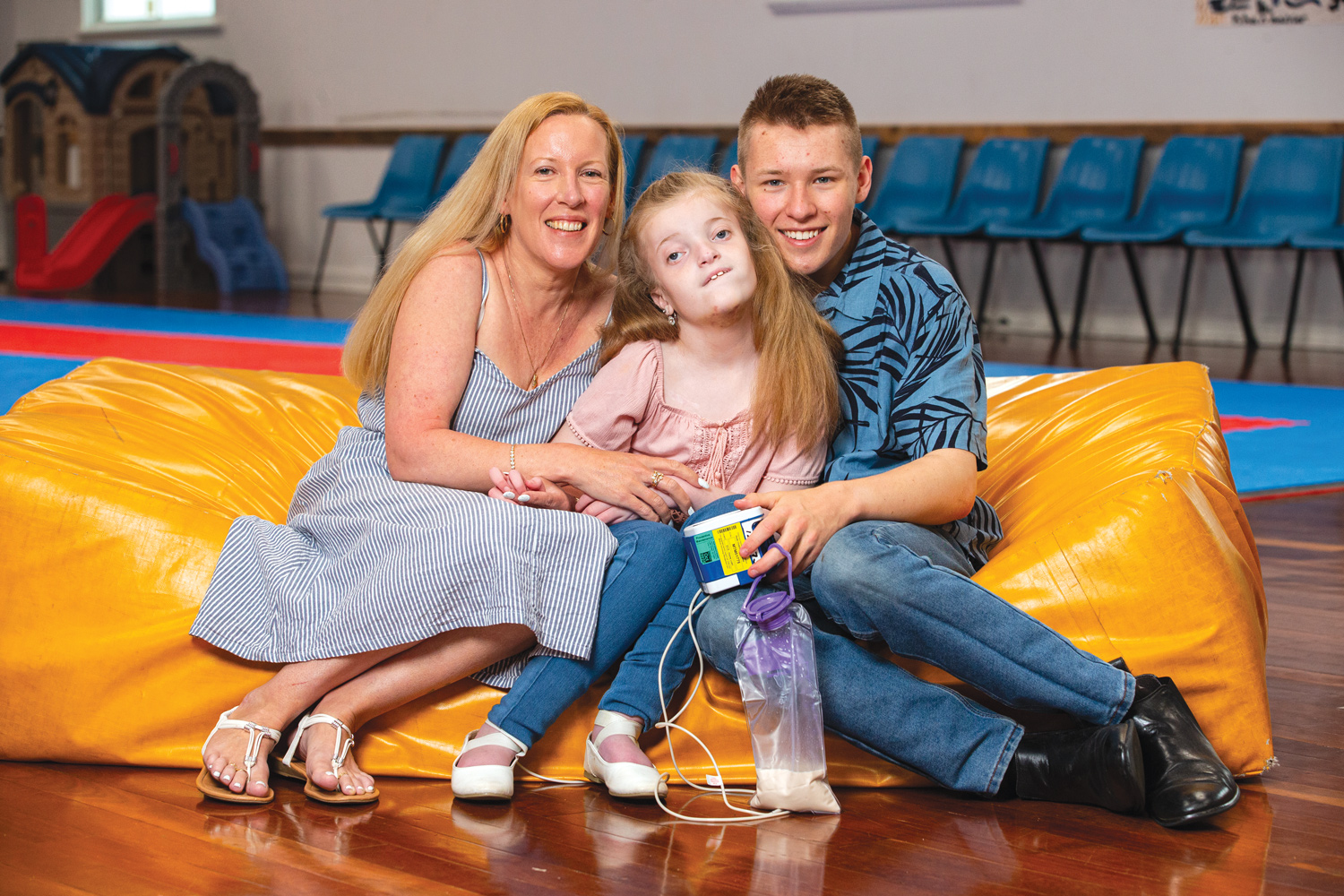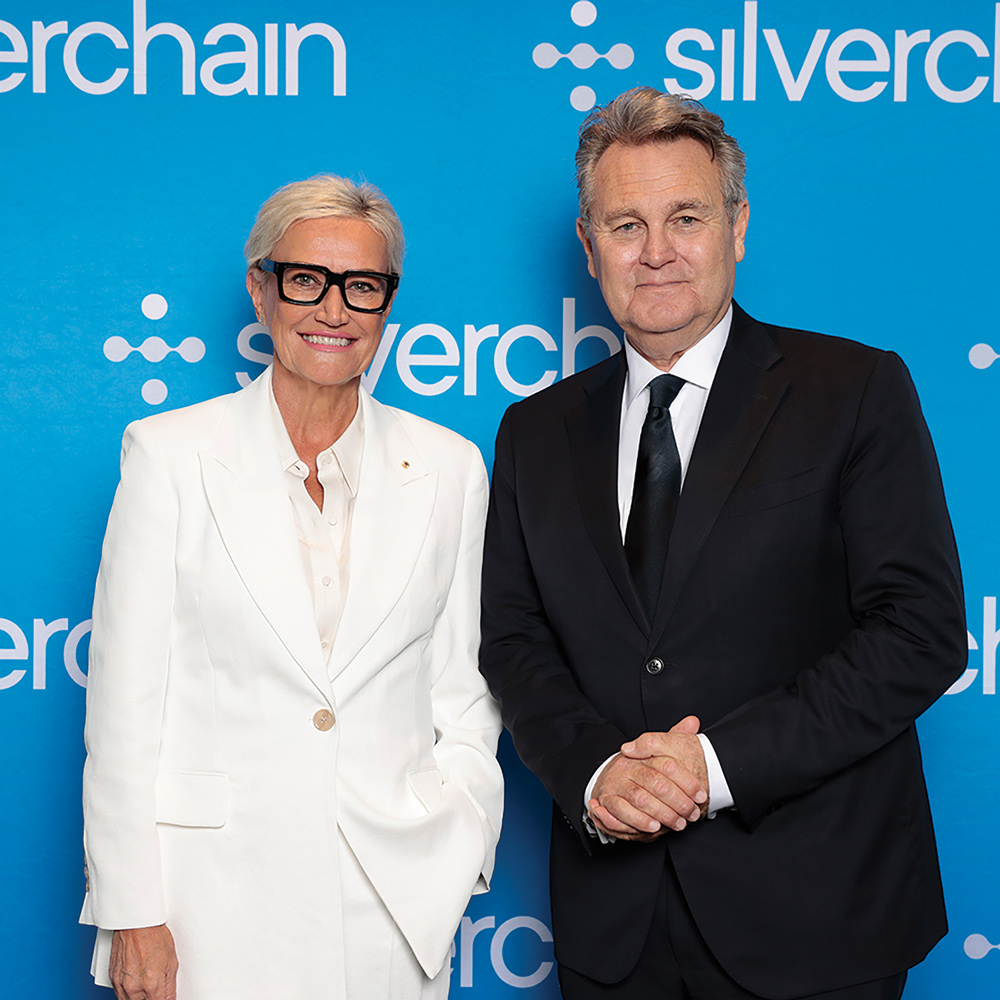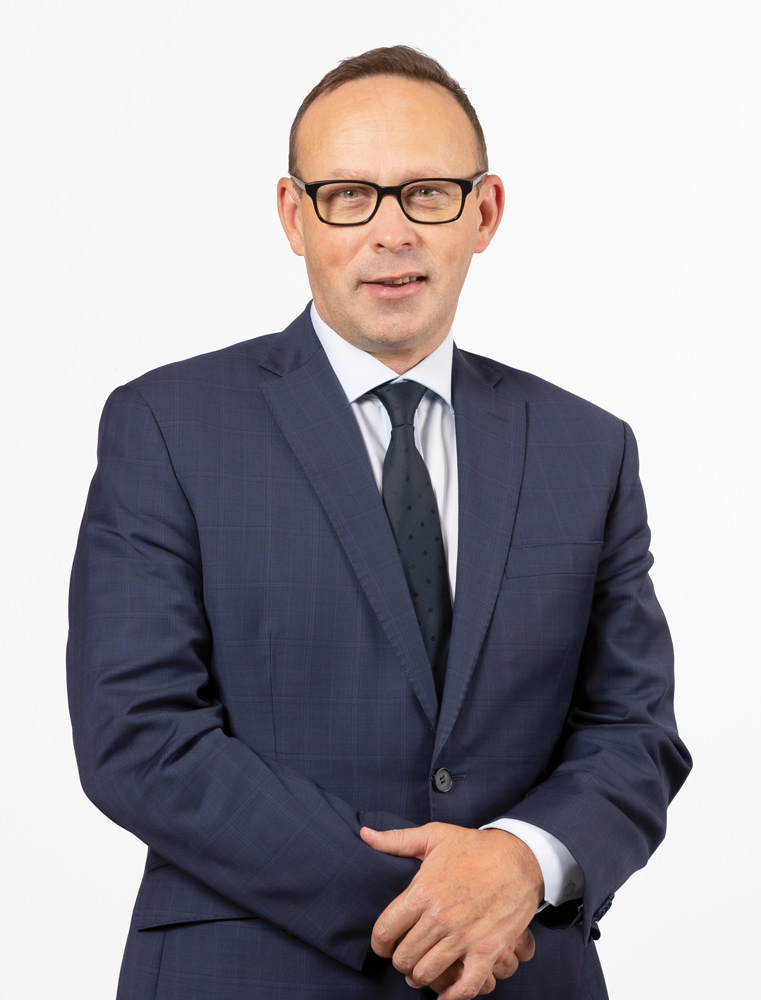 Breakthrough for kids with rare diseases
Breakthrough for kids with rare diseases
A complex five-year experiment which cracked the code of a genetic mystery has paved the way for faster and more accurate diagnoses of rare and unknown diseases affecting children.
Scientists at The Kids Research Institute Australia, together with the Undiagnosed Diseases Program and Perth Children’s Hospital, used medical expertise, laboratory tests and computational biology to uncover cellular characteristics which pinpointed the cause of an undiagnosed disease that has puzzled doctors since 10-year-old Northam girl Charlotte Patterson was born.
The researchers then scoured literature and data from around the world to find other patients with similar traits to match the findings to the condition, which they now believe affects less than 10 people globally.
The findings were delivered to Chalotte’s family by doctors from the Undiagnosed Disease Program at PCH.
The Kids’ Precision Health Program Head and computational biologist, Dr Timo Lassmann, said discovering the characteristics of the variant gene which caused Charlotte’s disease was like finding a needle in a haystack.
“Charlotte’s case was extremely complicated and challenging because of the unique characteristics of the variant,” Dr Lassmann said.
“Now, as a result of this work, we will be able to apply the process we used to other cases to diagnose unknown diseases more quickly.”
In her short life, Charlotte has been diagnosed with cerebral palsy, seizure disorder, a heart defect, intellectual disability and many physical abnormalities that until now, have been unexplained. She has had 64 surgeries, takes 16 different medications daily and requires a feeding tube.
After a complicated process of assessing the genetic variant in the laboratory, researchers discovered the variant was changing the basic machinery in cells responsible for the gene and protein expression and altering the way the neural cells were developing.
They created a model of Charlotte’s disease in the laboratory so they could not only determine what was causing her symptoms, but also investigate how they could modify cell pathways to improve outcomes for Charlotte.
UDP lead Dr Gareth Baynam said families with a child with an undiagnosed disease were forced to live in ‘limbo land’ where their world was filled with uncertainty.
“We can now unequivocally say that Charlotte is going to have a long life. She is not going to go backwards, there is a path forward.”
Lions hearing expands
The WA-based Lions Hearing Clinics have moved into NSW, with four new hearing clinics opening.
Ear Science Institute Australia currently operates 16 Lions clinics in WA and is the only clinic network in Australia owned and operated by an ear and hearing medical research institute.
All proceeds from Lions Hearing Clinic solutions go to Ear Science to fund research into ear and hearing disorders.
WA Medicare awards
A rural and remote general practitioner in WA is among the winners of one-off awards to mark the 40th anniversary of Medicare.
Among the nine individual winners were five GPs, including Dr Lorraine Anderson, the medical director at Kimberley Aboriginal Medical Services where she oversees eight primary health clinics.
Dr Anderson was the first Aboriginal person to be appointed to a national health technology advisory committee and has been recognised for her leadership in delivering healthcare to Indigenous communities.
Nine people and 11 primary healthcare teams were named “champions” of the national patient insurance system.
Perth’s Homeless Healthcare Medical Respite Centre was recognised as a first-of-its-kind service that gives people experiencing homelessness somewhere to recover after leaving hospital and assistance in managing planned medical procedures.
The multidisciplinary team consists of GPs, nurses, nurse practitioners and other social services, and provides everything from wound management to alcohol and other drug detox.
Pramana Medical Centre in Gosnells was awarded for its wraparound care, which includes weekly home visit clinics. The team of nurses, GPs and social workers provide culturally sensitive and trauma-informed care to patients from vulnerable communities who may not have engaged with health services for some time.
IUD cancer link queried
A Perth GP and researcher has cautioned against suggestions that intrauterine devices (IUDs) cause breast cancer, saying a recent study only showed an association.
Writing in The Conversation, Dr Brett Montgomery said a recent study had found a link between IUDs and breast cancer, and while the research was important, media reports of a large increase in risk may be causing unnecessary worry.
The study by Danish researchers used data from national health registries to look for links between hormonal IUD use and breast cancer.
They tracked nearly 80,000 people who started hormonal IUDs across two decades. They compared these people to an equal number of people born at the same time who did not use hormonal IUDs.
Dr Montgomery said after the researchers adjusted their results to account for many differences between the two groups (including education, age, number of children, and some other medicines and medical conditions), the numbers pointed towards a higher risk of breast cancer among people who used a hormonal IUD.
“However, there are many other important risk factors for breast cancer the authors seem not to have adjusted for, such as body weight, alcohol use, smoking and physical activity,” he said.
“If there were differences between the two groups in these things, then the study’s results may still be biased. This makes me quite uncertain about the results.
“Ultimately, we can’t say the IUDs caused the breast cancer – just that there’s an association or link.”
Clinic milestone
The Esus Centre – the first eating disorder day hospital of its kind in Australia – has just marked its first year of operation in Subiaco.
Esus is the first integrated eating disorder day hospital in the country with high and low intensity programs delivered by a multidisciplinary team under one roof.
Part of its approach is its own home-style kitchen in which patients have their meals cooked for them and where their families join them for dinner once a week.
Sums on virtual care
Understanding how technology can be used to better deliver accessible healthcare to remote Indigenous communities across WA is the focus of new research between WA Country Health Service, the University of Sydney and the Digital Health Cooperative Research Centre.
Following a successful pilot of providing virtual emergency services in a community with about 700-800 residents, that community has now been accessing the services for over three years.
With the support of Aboriginal Medical Services, more communities are seeking access to these virtual emergency services.
WACHS represents one of the largest areas serving over 500,000 residents, 11% of whom identify as Aboriginal.
WACHS Executive Director Strategy and Change Melissa Vernon said virtual care could help address critical unmet health needs, reducing the burden of travel and improving healthcare equity for Aboriginal populations.
“It is also important that we understand the cost benefits of providing these services to ensure we are providing valuable and sustainable services.”
The project will see the University of Sydney undertake research to understand the economic costs, and service access benefits, of embedding the service into additional regional communities.
Neurodivergent mums’ care
Researchers from Edith Cowan University have called for greater recognition of the needs of neurodivergent mothers during perinatal care.
For neurodivergent women, the inherent changes associated with this period, such as shifts in daily routines, poor sleep, hormonal fluctuations, sensory sensitivities and social communication difficulties, can exacerbate their vulnerability to mental health issues.
These challenges can lead to increased rates of antenatal and postnatal depression, anxiety and isolation, impacting their transition to parenthood.
ECU PhD student Jata Elliott said a 2023 study found that compared to neurotypical mothers, neurodivergent mothers are frequently diagnosed with postnatal depression, and ADHD increases the risk of depression and anxiety in the perinatal period.
“Research has also found that autistic individuals were significantly more likely to experience depressive episodes in pregnancy and postpartum compared to their non-autistic counterparts,” she said.
“This suggests a critical need for perinatal care systems to adapt and respond to these elevated risks.”
Letter to Editor
My open letter to the Minister for Health Mark Butler
Sadly, your recent comments in the media only magnify the perceptions among my graduating students that general practice is not for them.
The figure of an 11,000 shortage of GPs by 2030 is clearly an underestimate as we boomers retire and 1000 new GPs are required for every 100,000 new immigrants, despite the five new medical schools in mainland capitals graduating over 600 new doctors.
The gap fee of $50 is clearly having a huge impact, with over 50% of people saying they have delayed or avoided visiting a GP because of cost. I acknowledge bulk billing for pensioners and children under 16 and after hour GP clinics has helped, but the public just hears GPs are getting a bonus for bulk billing, yet I am charged $50.
The solution is elegant, simple, better for patients, better for GPs and cost neutral for the government – halve the time for a long consultation to 10-20 minutes and double the rebate.
Please don’t believe those that run corporate practices who are demanding you boost the bonus for bulk billing so they can see more patients in six minutes. This is the worst outcome for productivity and turns GPs into wage slaves for the corporates. No wonder we are leaving in droves to do other things like skin clinics.
Dr Colin Hughes
Former Chair RACGP WA and tutor at Curtin Medical School, Midland
Baby boomers want home health care

Home care should be more of a priority in the health care model, according to the nation’s leading demographer and social commentator Bernard Salt.
Speaking at the inaugural Silverchain Symposium held in Perth last month, Mr Salt said Australia needed to prioritise care at home as part of its overall health care model to deal with the country’s shifting demographics.
He said the focus on “bricks and mortar” hospitals was a 19th century health care model that was not fit-for-purpose for the shifting demographics that would be heavily impacted by the ageing baby boomer generation.
“The baby boomer freight train is heading straight for us, and we will have to deal with an issue at a scale that humanity has never had to deal with previously – so many people in a stage of the life cycle where they need so much care,” Mr Salt said.
“We have to reorganise society in such a way that we can care for the needs of an older population. The two options we have would be ratchet up taxes to a stratospheric level or we can find innovative solutions, and providing care at home is one way to do that.
“The baby boomers are a generation that is not just going to sit around and wait to die. They will want to remain mobile and active, and they will want to contribute to society.
“They will make it clear how their care should be delivered, and the vast majority will want in-home care, and as a consequence, we will see the care sector redefined, re-imagined and repurposed by this generation.”
Mr Salt said that based on Australian Bureau of Statistics, the population of people aged 85 and over will grow to more than 2 million by 2071, with the year-on-year net growth peaking at 62,000 by 2032 as the baby boomer generation ages.
St John looks to future amid sector pressures

Growth in community services, a rise in patient numbers and progress towards environmental targets have been listed as highlights for the year at St John of God Health Care.
In releasing its 2024 annual report, Group CEO Bryan Pyne acknowledged the difficulties facing the Australian private health care sector while anticipating a positive future.
“We’ve been navigating a challenging landscape of regulatory shifts, rising costs and fluctuating patient demand for several years but we are resolute in our commitment to deliver outstanding care and clinical excellence,” Mr Pyne said.
“We are pleased to have generated more than $2 billion in revenue, which reflects our resilience and reinforces our path toward sustainable success, but our margins remain challenging.
“We are responding to pressures on health care funding by leaning into change and aligning resources to streamline service delivery across the organisation.”
Mr Pyne said environmental sustainability remained a key focus for the group, with a target of net zero greenhouse gas emissions by 2050 and a minimum 50% cut by 2030.

